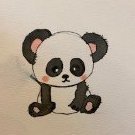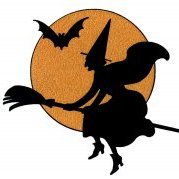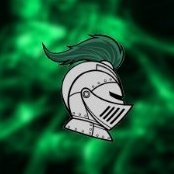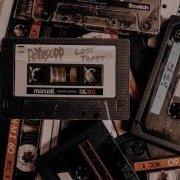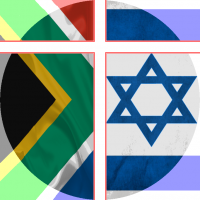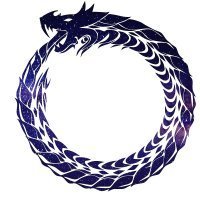-
Posts
1330 -
Joined
-
Last visited
Trutharchivist's Achievements
699
Reputation
Single Status Update
See all updates by Trutharchivist
-
So, umm... hi! Here again, with another Jewish holiday. I know, I know, it's barely a week since the last one, but I did warn you on advance this is our holiday season - by which I meant that there are four different holidays in this month. And this is the third - Tzom Gedaliah doesn't count. So, there's going to be another SU next week. After that... well... I kind of want to talk about Shabbat the week after - it truly is perfect timing for that - and then there's Rosh Hodesh, which is a few days after that. Those two occur on a regular basis (one once a week and the other once a month), though, so I guess I can delay them. If you have an opinion on the matter do leave a comment. Anyway, after those the next holiday update should be at Hanukkah.
Well. After that opening, we can start talking about Sukkot, or the leaf-hut festival! I stole this last one from a Jewish prayer book - a Mkhzor, as it's called - for Sukkot with a German translation. It's a pretty accurate one, too - but let's start from the beginning. Not going too early this time, promise!
It all goes back to the Exodus. The thing is, after the Mt. Sinai event, G-d gave the people of Israel many commandments - among them ones about three holidays, known as the Three Pilgrimage Days - three times the people of Israel are told to go to the Temple in Jerusalem, to be seen before G-d. The third of those is Sukkot. The first time it appears it's called the holiday of collecting - because you know, those three double up as agricultural festivals. But to go forward - somewhat later, we are commanded to sit in Sukkot - basically huts - for a week during this time of year, to remember how after the Exodus G-d gave us such huts to stay at.
That, of course, leads to a couple of question. What huts did G-d give us? There's a place called Sukkot which the Israelites stayed at right after the Exodus, is that it? Why at this time of year, then, instead of the time of Pesach? And, since it's Judaism, what those huts should look like?
By complete happenstance, those questions (more or less), were asked by the Tur - a Jewish rabbi from the middle ages named rabbi Yaakov Bar Asher, who wrote a halachic book for which he's known. I'm mostly saying that because I studied this part of his book lately - since the answers he gives come mostly from the Sages of the Mishnaic and Talmudic eras. Not to get into all the disagreements, the widely accepted answer for the first question is: those were the clouds G-d sent to protect the people of Israel from the sun and rain while at the desert.
This is where things can get weird, because those clouds aren't... exactly... mentioned in scripture. There's the Cloud Pillar, leading the Israelites, but it isn't said to protect the Israelites from sun or rain - it's said to protect them from arrows, if anything. So we have to go to the Midrash again, which tells us that while travelling through the desert the Israelites were surrounded by six clouds - plus one pillar in the front, making it seven. Now, I bet that's not how you pictured the Israelites travelling through the desert - unless you're a Jew, in which case you were probably fed with that from a young age. Those are 'Anenei HaCavod, lit. Clouds of Honor (more or less, Cavod is a hard word to translate). Honestly, sometimes the Midrash can seem like an endless source for Fantasy stuff. I didn't even get to the part where it defended them from enemies, did their laundry and was given to them for the sake of Aharon.
Anyway, yeah, that's it for that. The question regarding the place Sukkot doesn't have a very interesting answer as far as I know, so let's go forward to the question of time. Why now, instead of Pesach? Well, the Tur has an interesting answer for it: he says that during the spring, most people like to go out to sit in huts, so the Israelites doing that would seem as if they merely care for their comfort. That, in his opinion, is why we do it when the rain season is just about to start in Israel - because no one in their right mind would do that, so everybody knows we only do that because G-d told us.
The Gra - Rabbi Eliyahu of Vilna, who lived in Lithuania about 200 years ago (I'll get to him in my HoJ essays at some point) and died at around this time of year - has another interesting explanation to that - one that also gives us a historical event, so yay! Because otherwise, Sukkot is left as the only Jewish holiday that even the Sages of the Mishnah and Talmud didn't find a historical event for. Anyway, the Gra says that after the Golden Calf fiasco (we've just mentioned it last week, remember?), the Clouds were taken from the Israelites. Then, G-d gave Moshe the Second set of Tablets, and he returned with them... and with the commandments related to building the Tabernacle, the Mishcan. There's this whole disagreement about whether the Tabernacle commandments came before the Golden Calf or after, but that doesn't really matter now - what does is, Moshe came down from Mt. Sinai at the tenth of Tishrey. At the 11th he gave the people of Israel the commandments for the Tabernacle. During the 12th, 13th and 14th they brought in the materials, at the 15th they started building... and the Clouds returned. And that, according to the Gra, is why we celebrate Sukkot at this time if year. So it's true, there technically isn't a very impressive event that happened at Sukkot, it still has some interesting history - even without the Gra, since both Temples' Inauguration Ceremony was at around this time of year. So, I think you get that this is related.
There are many rules to how the Sukkah (singular of Sukkot) should look like; most prominently, is should be covered with leaves or wood - though not too wide wood and not tools made of wood, nor with fruits. One should be able to see the stars from it, but it should have more shade than sunlight. It shouldn't be too small or too tall (how wide it is only has a lowest limit). It should have at least three walls that should be able to withstand winds (normal winds, not storms). Beyond that it gets complex, and there isn't much need to get into that. During this week (which started yesterday, sorry for being late!), we do most everything in the Sukkah - we eat, drink and sleep in it. Technically, doing such acts outside the Sukkah is forbidden - but not as strictly as, say, eating leavened bread during Pesach. If it's not a meal, but merely a snack - one is allowed to eat it outside the Sukkah - though it's somewhat preferable not to. If you're sick, there's rain, or you're inconvenienced too much by staying in the Sukkah you don't have to be there. Women don't have to stay in the Sukkah at all. Still, outside of all those conditions, we basically live in a hut covered by leaves that's by our houses for a week.
And that's only the first of the holiday's commandments - and not everything about it. It's traditional to add ornaments to the Sukkah. My family hangs an onion with feathers from the roof - it's a rather silly wordplay on something from the daily evening prayer, not getting into it right now. It's also traditional to invite the Ushpizin (literally meaning "guests", from Aramaic), seven Biblical people, each in a different day. And I may have forgotten something.
The other commandment of the holiday comes as some sort of an aside in the Torah. Basically, we take the branches of a Palm tree, a willow and a myrtle, along with a citron fruit - it looks somewhat like a lemon, but it's a different tree - bind the branches together and shake them together with the citron. That's one of the weirder commandments, I admit it - and it's not completely clear why we're doing it. Maimonides (Rambam, a Jewish rabbi from 12th-13th century's Egypt) says in his Guide for the Perplexed (Moreh HaNevochim) that it's as thanks for the end of our stay in the desert were such plants weren't to be found - but it's kind of problematic, considering the commandment was given before the wandering through the desert ended and without the caveat of "when you come to the Promised Land". There are more symbolic explanation - a reconnection to nature, or symbolising different body parts or types of people. Maybe it's somewhat related to the agricultural aspect of the holiday - it is mentioned in that context - and that may go well with Rambam's explanation. Again, as per usual for Jewish stuff there are many laws on what type of palm, willow and myrtle it must be and what exactly they should look like, but I'm not getting into that - and those are Arba'at HaMinim - the Four Types of plants shaken. The commandment is also called "Netilat Lulav" - Shaking the Lulav - after the palm branch, which is the most prominent.
The shaking of the Lulav is done during the mourning prayer during this week - in which there are additional prayers, like the Hallel (remember it? We didn't say it during Rosh Ha'Shana or Yom Kippur, since those are days of Judgement, but we said it during Shavuot and before it - Pesach), or Mousaf - a prayer added in place of special sacrifices. The first day of the holiday was a Yom Tov, meaning most types of work were forbidden - this year it was also on Shabbat, so the regular part of allowing to prepare food wasn't present, though for those who live abroad it's present today. Oh, yeah, and it's still a Yom Tov for them. The other six days are what's called Chol HaMo'ed - lit. the mundane part of the holiday, more or less - which means they're almost like regular days, but with some prohibitions on work.
I haven't really touched everything, because I truly can't. Didn't mention the Hosha'not, or Hosha'na Rabah (which is the seventh day), or the sacrifice of water on the altar - a slightly odd ritual done in the Temple, when it existed, with very little basis in scripture. Also, this holiday is called the time of our joy - and indeed, it's a joyous holiday in its own way. Oh! And then there's the part where Ashkenazi Jews read Ecclesiastes at the Shabbat that occurs in it! And the portion of the Prophets we've just read from the end of Zacharias, where he said all the peoples of the Earth will come to celebrate this holiday! And...
Let's just say I'm not really done, fine? But at least I've talked about some of this.
To summarise: I've talked about Sukkot, the holiday during which we live at leaf-covered huts for a week and shake a bunch of branches and a fruit. I've talked a little about why we do it and the background for the holiday, too.
Thank you for reading, and have a joyous week! Hope to see you all in Jerusalem next year (have a look at the end of Zacharias 14 if you want to get what I mean here)!
Next week: Simchat Torah and the yearly round of reading the Torah.
-
Lashamlna haba bi Yerushalyim!!
-
2
- Report
-

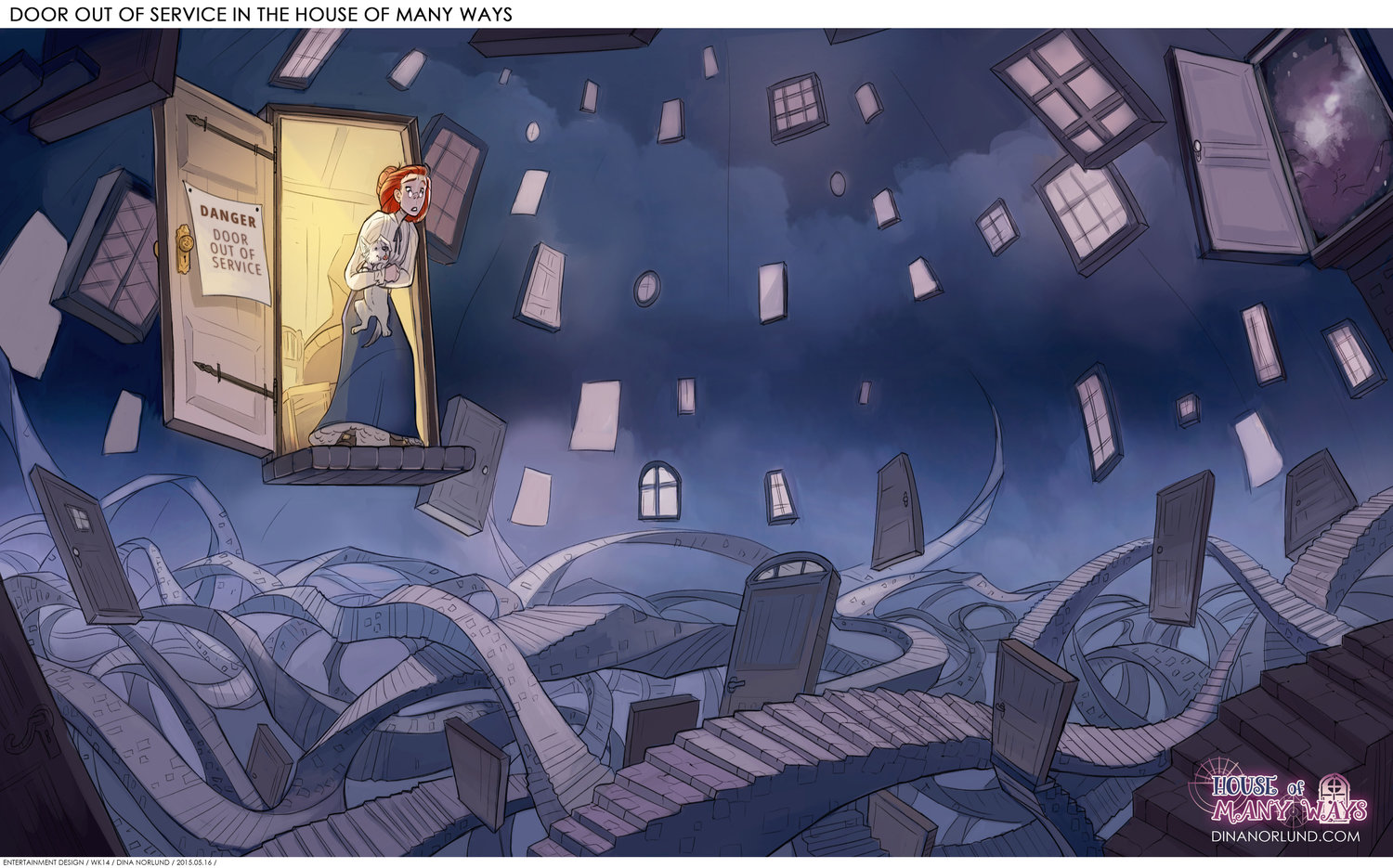
.thumb.png.5afeb53c24c681e1d35e3f8ba62a6319.png)
